Multimedia: New permanent exhibition at Berlin's Jewish Museum
-
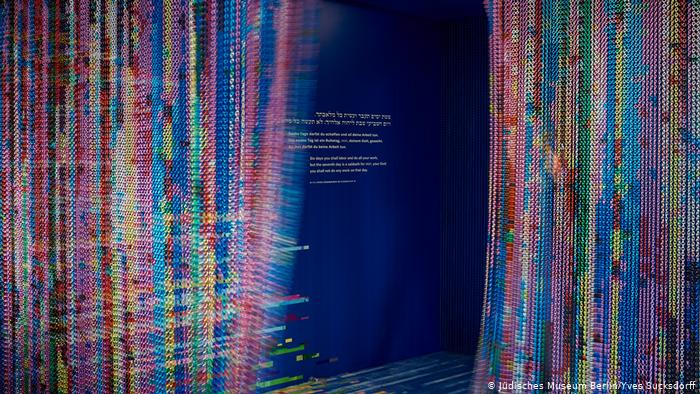
"Jewish life, past and present in Germany": after almost 20 years, the permanent exhibition at the Jewish Museum Berlin (JMB) has been completely re-designed. It offers current perspectives on German-Jewish history through objects and images, colours and sounds, multimedia presentations, invitations to participate, debate and think for oneself – and it invites visitors to pause for a moment in silence in a room like the one on "Shabbat" -
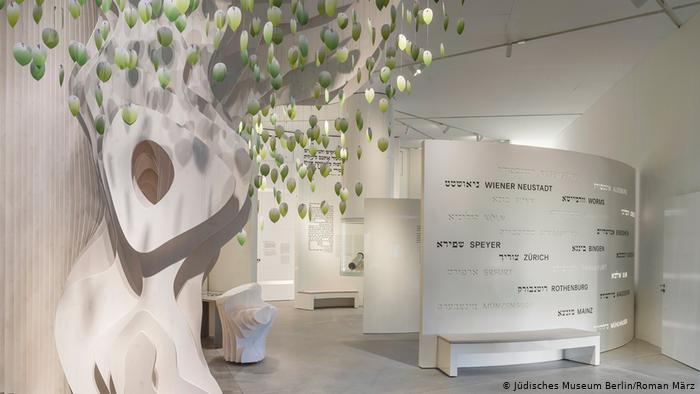
Welcomed by a tree of wishes: a stylised, five-metre high tree made of white waxed wood marks the starting point of the tour. The concept of the exhibition is very clear: eight themed spaces and five historical spaces await visitors, illuminating ideas and events of their time. Among them are scenographic highlights such as the "Shabbat" spatial installation or the object staging of the question "holy?" -
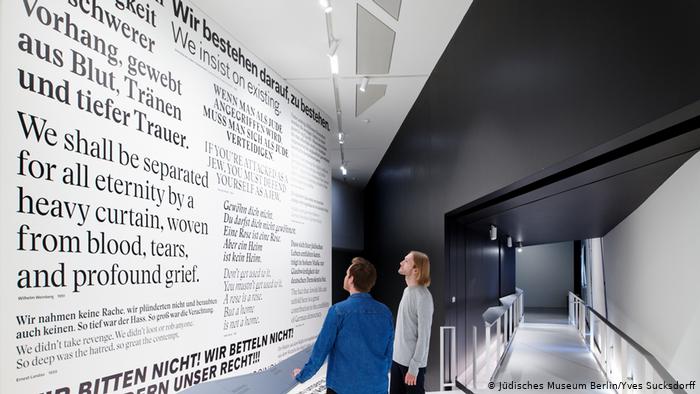
Themed and historical spaces: the five historical spaces (Ashkenaz, In Early Modern Times, Even Jews Become Germans, Catastrophe, After 1945) illuminate 1700 years of history from the early Middle Ages to the present. In a historical context, they address the themes of belonging and exclusion, Jewish emancipation, homelessness and the wait for justice after the war. Anti-Semitism is dealt with in a discussion room -
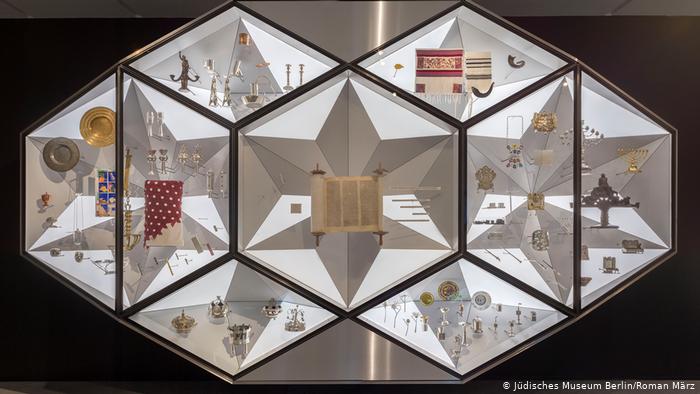
The Jewish object: one of the eight themed spaces (Torah, Commandment and Prayer, Sound, Kabbalah, Family Album, Hall of Fame, Art and Artists, The Jewish Object) deals with the concept of holiness in Judaism. What actually is a Jewish object? A look at the prismatic display case with ceremonial objects shows examples. The new app offers explanations in many languages, including Hebrew -
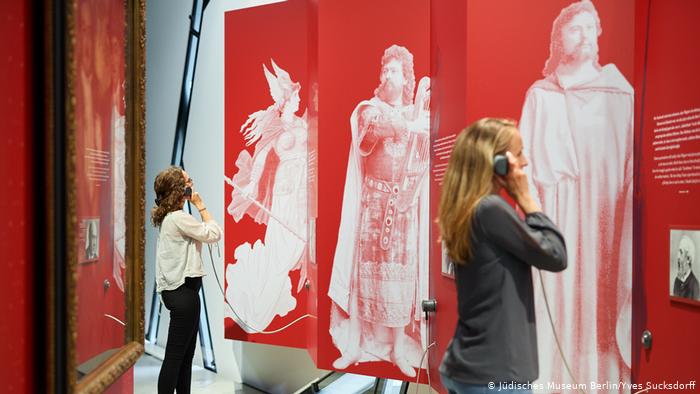
Jewish emancipation: a view of the historical space "Even Jews become Germans". Here, in the broadest sense, we are dealing with the relationship between Jews and German anti-Semites; in the narrower sense with the composer Richard Wagner, whose music was appreciated by many Jews, although they were aware of his anti-Semitic statements. Visitors can experience the music at listening stations -
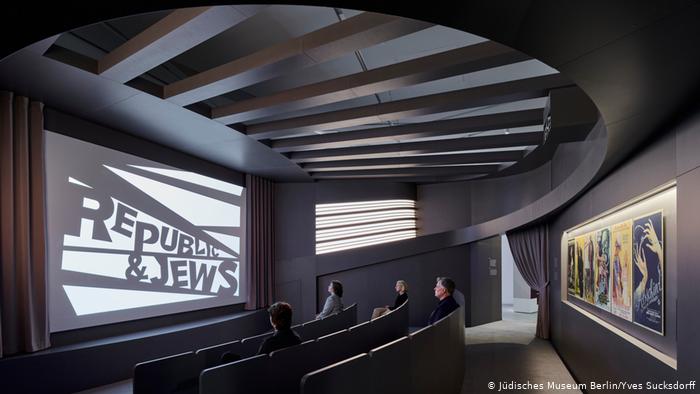
"Weimar Cinema": in the historical space "Even Jews Become Germans", the focus is on the period from 1770 to 1933, when the role of Jews in society changed and they participated in all areas of life. The "Weimar Cinema" shows the film "Outsider as Insider" about Jews in the Weimar Republic. The three segments are entitled: Enmity against Jews, Jewish Resistance, At the Heart of Things -
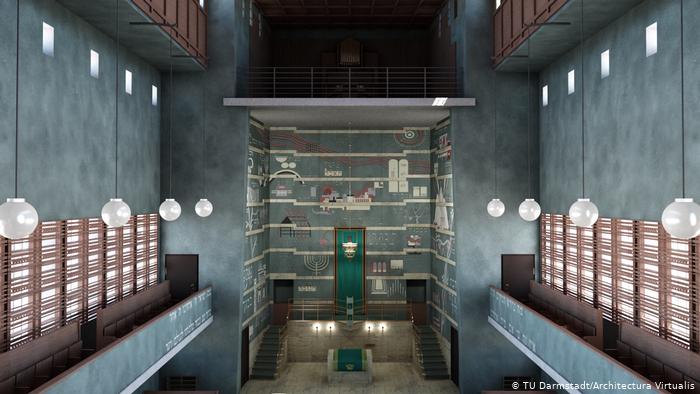
Virtual reality – the synagogue of Plauen: in "Religion and Reform", visitors have the chance to walk through synagogues that no longer exist today, wearing VR glasses. TU Darmstadt's Department of Digital Design has recreated three synagogues virtually -
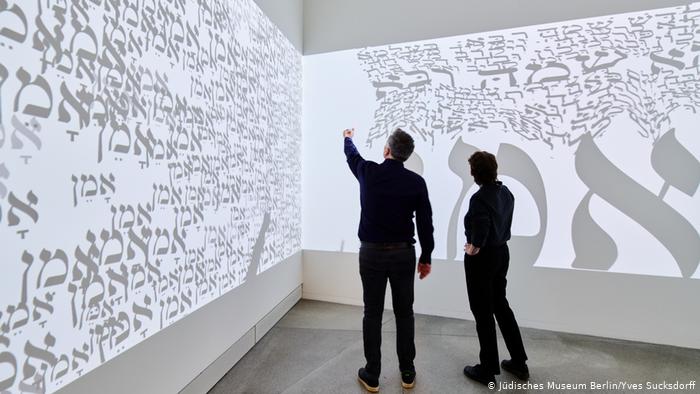
"Visual Prayer": among the artistic highlights is the video installation "Visual Prayer" by Hagit Hollander-Shimoni from 2009 – a graphic interpretation. The diversity of the more than 1000 exhibits is reflected in it as naturally as in the paintings, graphics, Judaica, sculptures, photographs, films, manuscripts, touch stations, 3-D models, interactive games and installations -
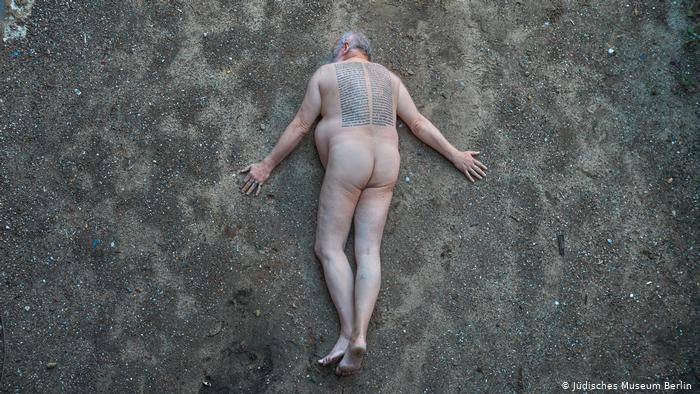
"Minima Moralia": contemporary art is strongly represented in the exhibition. This picture by the French photographer Frederic Brenner also belongs to the historical space "After 1945". In his pictures Brenner philosophically deals with Jewish identity. It shows a man who had Theodor W. Adorno's essays and reflections "Minima Moralia" tattooed on his back
https://qantara.de/en/node/20450
Link
To all image galleries